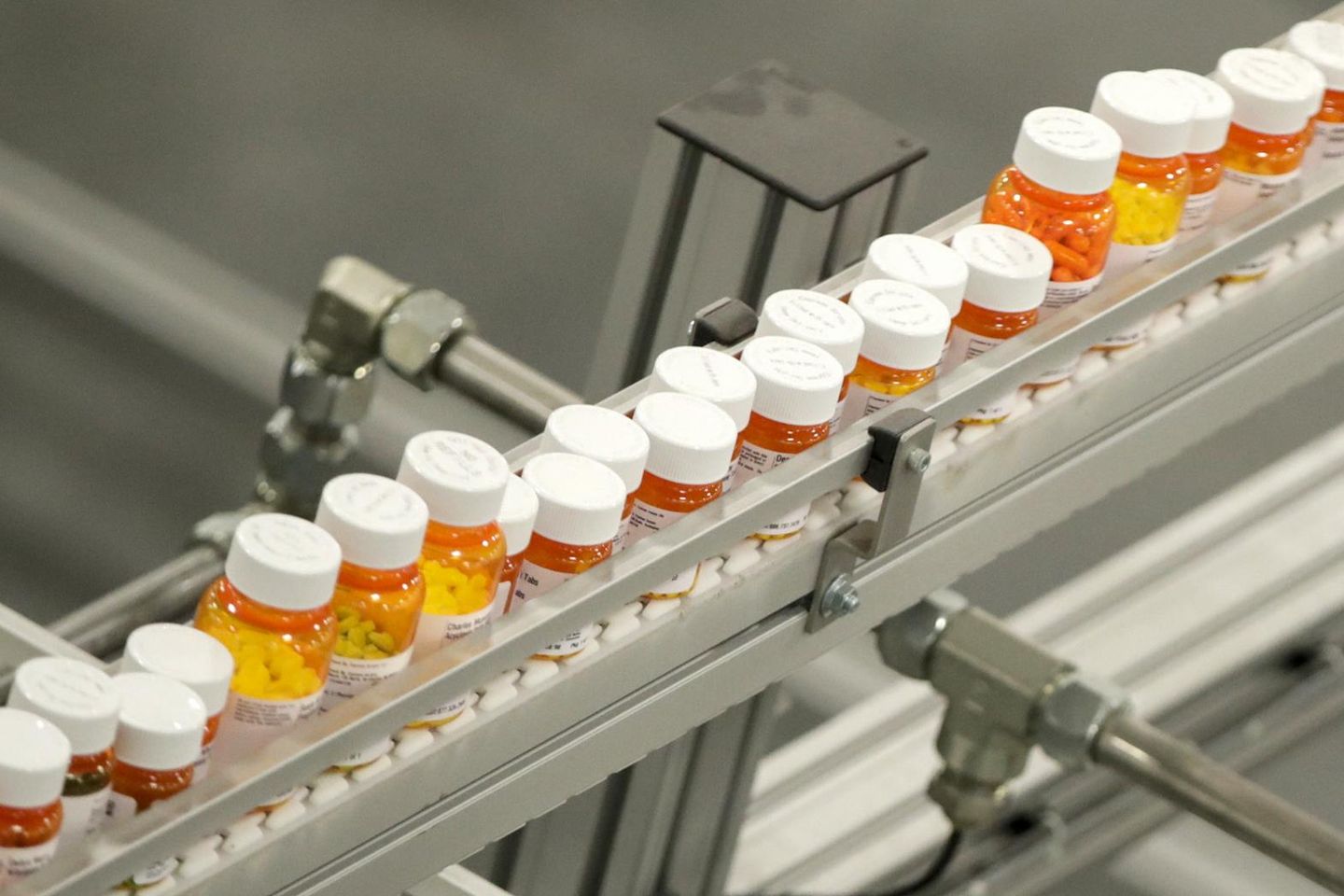
President Trump is expected to make another effort to cut drug prices significantly by binding the government’s costs for certain medicines to reduced prices in other countries.
Mr. Trump early next week is reportedly scheduled to sign an executive order instructing administration officials to build a Most Favored Nation (MFN) drug pricing initiative for a range of drugs that Medicare would cover.
The MFN Model would limit how much Medicare spends on certain high-cost drugs based on the drug’s lowest price in other wealthy countries.
The U.S. pays the most for drugs compared to the rest of the world, usually about three times the amount of other wealthy countries, and Trump agenda advocates at the America First Policy Institute say “less freeloading by other countries could also lower costs for Americans.”
Drug manufacturers would face two options under the MFN policy. They could either raise their prices in other countries so they can sustain their prices in the United States or lower their American prices to match the lowest price they offer in other countries.
AFPI notes that these “incentives would encourage drug manufacturers to reduce or even terminate the discounts they offer other countries and lead these countries to contribute more funding to pharmaceutical innovation.”
Politico first reported the plan to sign the executive order early next week.
According to the outlet, the proposal is still being hashed out, and Mr. Trump has not yet personally approved the plan.
The president initially attempted to adopt a similar policy in 2020 to slash drug costs, but a federal judge prevented him from doing so after groups representing the pharmaceutical industry filed a lawsuit to halt the policy’s implementation.
The 2020 plan would have tied prices of Medicare Part B drugs, which are medicines dispensed in a healthcare facility, to the cost of drugs in countries such as Canada, Germany and Britain.
At the time, Mr. Trump’s first-term administration estimated that U.S. taxpayers would save more than $85 billion over seven years, which would cut into U.S. annual spending of over $400 billion on drugs.












